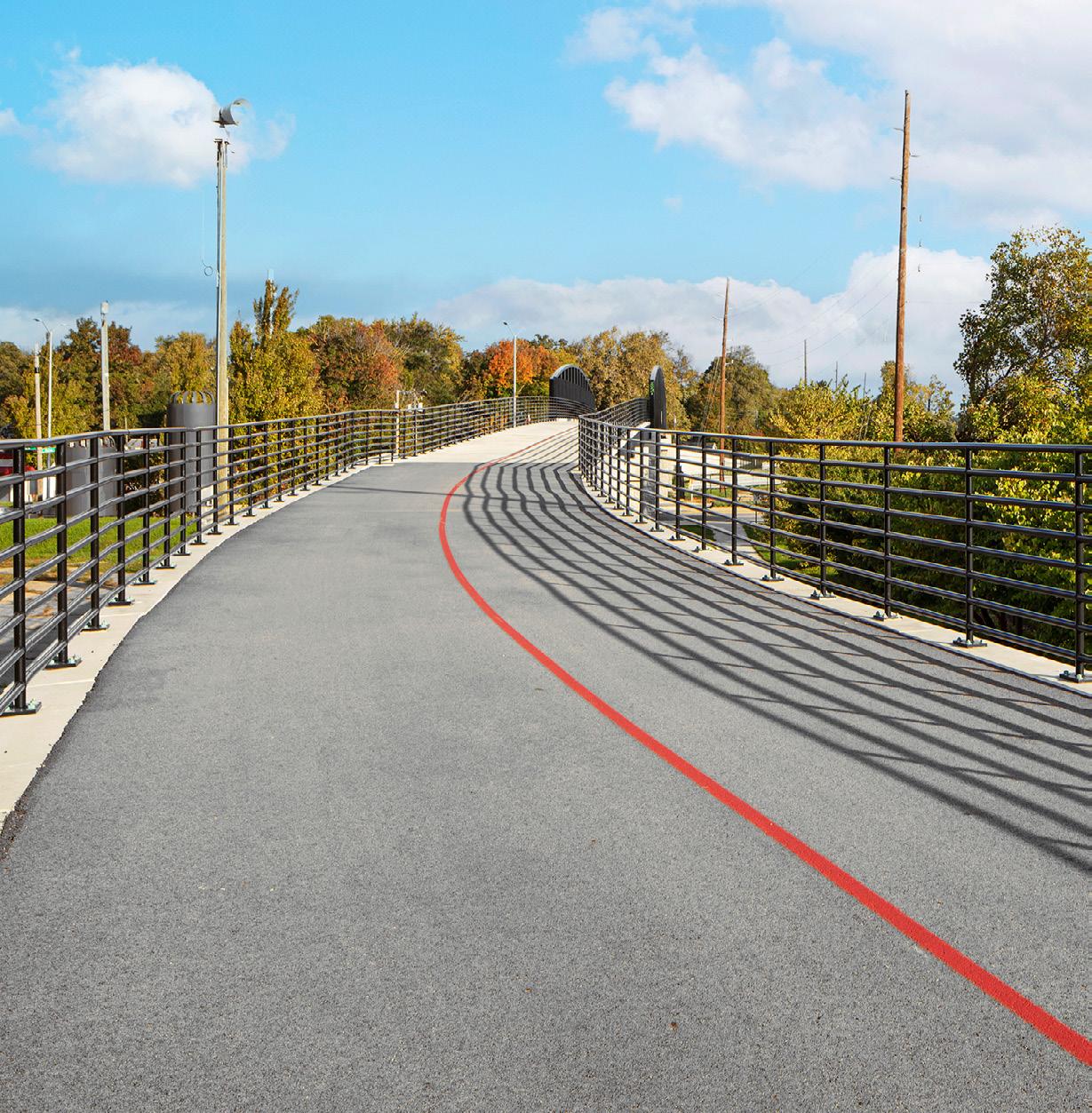

INDUSTRY INSIGHTS The Megatrends Driving Our Industry
 Jim Stephenson, CEO and President
Jim Stephenson, CEO and President
The Infrastructure Investment and Jobs Act (IIJA) will provide more than $1 trillion in funding to improve our aging infrastructure. Funding will support upgrades to roads and bridges, water systems, the power grid, and airports over the next five years. Our industry will play a key role in most of these projects, and federal funds have only started to be released.
We are experiencing an energy transition driven by decarbonization mandates and electrification – it is estimated trillions of investment will be needed globally to achieve these new standards. With funding from the IIJA and the $300 billion Inflation Reduction Act (IRA), domestic utilities are on a course to modernize the grid with a focus on clean energy, resiliency, and microgrids. Decarbonization goals prioritizing alternative, non-fossil fuel energy sources are accelerating the acceptance of alternative energy technologies, including solar, hydropower and offshore wind. There is also a widespread need for EV charging infrastructure development.
The federal CHIPS & Science Act will invest $280 billion over the next ten years to bolster the U.S. semiconductor capacity, catalyze R&D, and create regional high-tech hubs to promote STEM education. This unprecedented investment will strengthen innovation and technology for the future, with a focus on securing adequate supply chains for semiconductors within U.S. borders after the fragility of that sector was exposed. The private sector is adding its own investment to this initiative, including companies such as Micron Technology which plans to invest $40 billion through 2029 to build chip manufacturing facilities in the U.S., including a plant in Onondaga County, NY.
NEWS: Intern Program Selected 2022 Top 100 Program
CHA is proud to have been included on Way Up’s 2022 Top 100 Intern Program list. Inclusion on this national list of leading college internship programs shines a spotlight on how CHA’s program is helping interns build a professional community, gain practical hands-on experience, and discover the areas they are passionate about in advance of starting their careers. Read more here

2022 has been one of the most dynamic years in history. We emerged from the two-year hang-over of the global pandemic that brought unprecedented societal and economic challenges, and we welcomed a return to normalcy with office re-openings, travel and the opportunity to reconnect with colleagues and clients at conferences and meetings. The return to the new normal, however, was tempered by the pent-up consumer demand that drove global disruption to supply chains, underpinned by record unemployment and tight labor markets, which gave rise to soaring worldwide inflation and ultimately rising interest rates that have created more economic uncertainty as we look to 2023.
Despite these headwinds, the AEC industry continued its torrid growth as project backlogs swelled to record levels and M&A transactions reached new levels of consolidation fueled by private equity investment into our space.
The AEC industry has always proven resilient and essential, even in the most challenging markets, and 2022 proved that again. Going forward, we are fortunate there are several strong, longterm fundamental tailwinds that should provide sustainable growth for those firms that have invested and are positioned to take advantage of them.
There is an acceleration of re-shoring critical manufacturing operations. According to the National Institute of Standards and Technology, re-shoring manufacturing is a key strategy for manufacturers, especially in light of the supply chain issues brought on by the pandemic. Proximity to customers and markets, eco-system synergies, and the impact on the domestic economy are all driving manufacturers to move more production back to the U.S.
Innovation and technological changes continue to significantly impact how we design, aggregate data and deliver projects. Digital and cloud platforms now allow project stakeholders to receive and act upon data near realtime during the design process. There has also been a shift to digital review platforms that have allowed teams to deliver projects faster while improving quality. Innovative technologies such as AI and machine learning have become critical to manage the tidal wave of data that is now inherent with all engineering projects. This digital revolution has brought a seismic shift to our industry with no sign of slowing down, especially in tight labor markets.
There is a great demand for projects that improve resiliency and promote sustainability across all sectors driven by the Environmental, Social and Corporate Governance (ESG) movement. From our energy sources and power grid to buildings, including new schools, there is a growing necessity to address these two key factors. In addition to the hardening of our power grid for resiliency, there is a growing demand for net zero ready facilities, which can produce enough energy to meet their own energy requirements with a goal of net zero energy consumption. As part of the ESG movement, firms are also making a commitment to increasing diversity in the work-force because it is good for business, bringing fresh ideas and experiences to complex challenges.
Despite economic uncertainty, the state of our business and the outlook for our industry is strong. We anticipate a great finish to 2022 and look to 2023 with optimism to meet the challenges our clients face. We believe those firms with diverse and synergistic offerings that deliver holistic solutions, such as CHA, are growing, resourced, technologically equipped, and prepared for the future.
For more information, contact Jim Stephenson, CEO of CHA Holdings, Inc. and President of CHA Consulting, Inc. at jstephenson@chacompanies.com.
FEATURE PROJECTS
Golden Glades Multimodal Transportation Facility (GGMTF) |
Miami, Florida
This significant design-build project was conceived to reconstruct the Golden Glades Multimodal Transportation Facility (GGMTF) on behalf of the Florida Department of Transportation and Miami-Dade County. The GGMTF is located at the southwest quadrant of the Golden Glades Interchange in northern Miami-Dade County on a site bordered to the north by the South Florida Rail Corridor (SFRC), State Road 9 to the west, State Road 7 to the east, and NW 159th Street to the south.
This facility is the first of many major infrastructure improvement projects that will improve the form and function of the entire Golden Glades Interchange. The GGMTF project included improvements to the existing site, inclusive of 14

NEWS:
saw tooth bus bays, four intercity bus bays, airconditioned waiting areas, covered walkways, a new six-level parking garage, bicycle storage, bicycle repair stations, landscaping, and public restrooms. This project also included a new pedestrian bridge connecting the site to the existing Tri-Rail facilities and electric vehicle charging stations, as well as kiss-and-ride areas and transportation network carriers such as Uber or Lyft. Construction was completed in early 2022.
Awards: Project of the Year, Category II, ASCE Florida Section, Miami-Dade Branch
Monon Trail Bridge over 38 th Street Earns ENR Midwest Best Project Merit Award
The Monon Trail Bridge over 38th Street in Indianapolis, Indiana, earned an ENR Midwest Best Project Merit Award in the Landscape/Urban Development category. This project significantly improves safety and mobility for trail users, connecting downtown Indianapolis to northern Marion County and beyond. Read more here

FEATURED PROJECT
6.0 MGD Microfiltration and Reverse Osmosis Water Treatment Plant Addition


| Bowling Green, Ohio
The City of Bowling Green, Ohio, expanded its water treatment plant using an integrated membrane system (IMS) to treat reservoir water fed by the Maumee River. Integrating the membrane system into the plant enabled blending finished plant water with a combination of integrated membrane treatment microfiltration/reverse osmosis (MF/RO) and lime softening for a permitted flow of 11 MGD. This combination meets Ohio Environmental Protection Agency (OEPA) water quality requirements. The new IMS treatment plant, consisting of microfiltration (MF) followed by low pressure reverse osmosis (LPRO), operates with the lime softening plant to increase capacity and improve finished water quality, especially in terms of disinfection byproducts (DBPs).
The project included approximately 3,500 feet of 36-inch HDPE raw water piping to connect the new membrane facilities to the raw water reservoir. The membrane expansion facilities were designed for a build-out capacity of a 6.0 MGD addition to the existing treatment plant with a first phase installation of 3.0 MGD. This treatment technology is an important tool that can be implemented by municipalities, airports and industrial facilities tackling PFAS treatment challenges. PFAS, which stands for per- and polyfluoroalkyl substances, are considered “forever chemicals” being found more frequently in everyday products and municipal water requiring treatment solutions due to their potential health risk.
NEWS: Bridge Engineer Named an ENR New England 2023 Top Young Professional
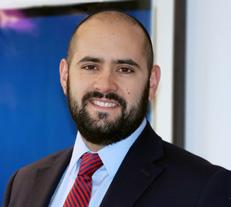 Michael Sullivan, PE, Principal Engineer and Sr. Project Manager with the Transportation-Bridge Team, has been named to ENR New England’s 2023 list of Top Young Professionals. The list includes exceptional design and construction leaders from Connecticut, Maine, Massachusetts, New Hampshire, Rhode Island, and Vermont. Read more here
Michael Sullivan, PE, Principal Engineer and Sr. Project Manager with the Transportation-Bridge Team, has been named to ENR New England’s 2023 list of Top Young Professionals. The list includes exceptional design and construction leaders from Connecticut, Maine, Massachusetts, New Hampshire, Rhode Island, and Vermont. Read more here
FEATURED PROJECT
Roswell Park Substation Replacement

Roswell Park Comprehensive Cancer Center is a premier cancer treatment facility in Buffalo, New York, caring for more than 46,000 patients in the last year alone. Realizing the limitations of its substation’s aging and capacity-limited 23 kV/4.16 kV electrical service infrastructure, the center initiated a replacement project to improve the system’s reliability; automatic functions to support redundancy; self-healing, real-time metering, and fast service restoration. While carefully scheduling required outages to maintain a constant power supply to the hospital campus, the project effectively upgraded the substation while retaining its existing four incoming 23 kV utility lines and maintaining a new four transformer/four bus configuration.
The intricacies of replacing a substation while serving a critical care facility required extensive upfront planning and enabling work to maintain constant power. The team coordinated significantly
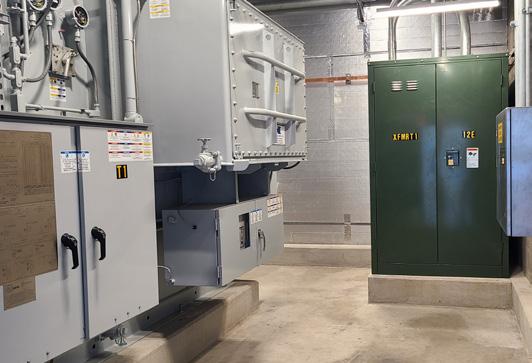
| Buffalo, New York
with National Grid and campus stakeholders to establish and promote subsequent coordination requirements, including a full-phased cabling reconfiguration prior to onboarding the installation contractor. Essentially, the substation was commissioned four times as each transformer and switchgear line-up had to be installed, tested, and commissioned one at a time. The increased reliability, flexibility, and monitoring capabilities of the electrical distribution substation’s new switchgear and protection systems allow Roswell Park to continue its vital cancer research and provide unimpeded quality patient care.
Awards: ACEC New York 2023 Engineering Excellence Awards, Gold Award

Westchester County Airport Project Wins Phil Brito Project of the Year
The New York State Aviation Management Association (NYAMA) awarded the 2022 Phil Brito Project of the Year to CHA and the Westchester County Airport for a significant deicing and drainage storage project protecting nearby groundwater. Read more here
TECHNOLOGY The Technology of Traffic
Most of us drive through busy metropolitan intersections daily and never stop to think about the technology, data, engineering, and science behind the flow of traffic. If we arrive at our destination happy that we avoided congestion and a crash, we don’t stop to celebrate but rather accept it as the way things should be. The reality is the management of traffic requires a lot of technology and a lot of data – from different sources, captured in a variety of ways, and collected at different times on different days of the week. To optimize traffic flow and safety, traffic corridors are studied and evaluated, data is collected from the field and simulations are analyzed. In areas of heavy congestion, traffic progression and strategic traffic signal design and signal timing are evaluated to manage traffic flow. Lighting design is also
essential to the successful flow of traffic through a community and the safety of both vehicles and pedestrians.
For one very large and growing metro area, we are upgrading the Advanced Traffic Management System (ATMS) and traffic signal controllers with a more state-of-the-art system that will better serve motorists, transit users, pedestrians, and bicyclists. This project involves replacing approximately 3,000 controllers and installing additional detection
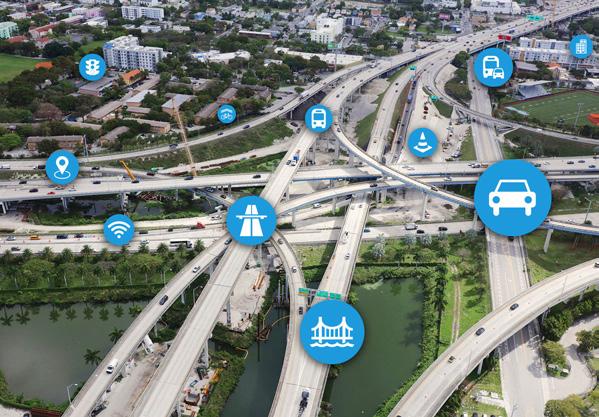
REGULATORY ALERT!
In August 2022, the Environmental Protection Agency (EPA) released guidance for municipalities regarding compliance with the Lead and Copper Rule Revision. The guidance provides information for preparing and maintaining an inventory of service line assets by October 2024 to identify for replacement, those service lines where lead levels exceed safe parameters. Municipalities covered under this rule should begin planning, budgeting and securing available funding to support this effort. Read more here
NEWS: CHA Acquires Two Firms with Expertise in Water Resources
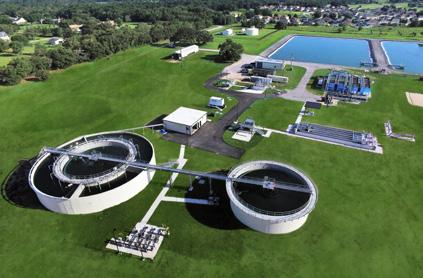
CHA recently acquired North Carolina-based Frazier Engineering and Florida-based Eckler Engineering.
Read more about acquiring Frazier Engineering
Read more about acquiring Eckler Engineering
systems at signalized intersections. In addition to the upgrade of the existing ATMS system, the project includes the update of existing detection at selected intersections that will enable the capability of providing adaptive signal control technology at selected corridors as well as high-resolution data collection for future technological improvements.
In another city, we are physically inspecting each signal to observe current operations during typical weekday conditions to capture real-time data. The data is then analyzed in a Synchro model that contains the existing timings and conditions with customized models for each peak period, including time-of-day street parking restrictions, time-of-day turn prohibitions, and bus-only lanes. An extensive traffic count program will be undertaken to complete the model, which will be used to coordinate the major corridors and then the remainder of the grid. All these efforts are directed at making travel in all forms safer, more efficient and more sustainable by reducing congestion and fuel consumption. The result of this endeavor will
directly improve travel corridors for commuters, downtown residents, service providers, students, and visitors.

In yet another community, we were not focused on vehicle traffic, but were working as part of the Pedestrian and Bicycle Safety Program providing services that include the investigation of citizen requests for mid-block pedestrian crossings; pedestrian mobility enhancements, such as high emphasis crosswalks; and “count-down” pedestrian signals with pedestrian crossing signs. Based on the data collected, improvements were programmed or implemented at specific locations to improve mobility for pedestrians and cyclists.
Every traffic route is unique, and so is the technology employed to implement traffic management that promotes mobility and safety on our busiest traffic corridors.
For more information, contact Elio R. Espino, Ph.D., PE, Traffic Business Practice Leader at eespino@ chacompanies.com.
NEWS:
Engineering Excellence Awards
NEWS: On the Move
Read about our recent moves in Boston, MA and Rocky Hill, CT.
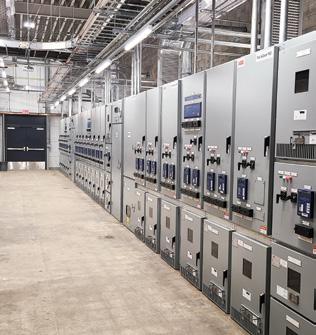

CHA Earns Diamond, Platinum and Gold
HEALTH & SAFETY Defensive Driving Training Saves Lives
According to the National Safety Council, vehiclerelated crashes are the leading cause of occupational fatalities. The U.S. Department of Transportation, National Highway Traffic Safety Administration reports that 3,142 people lost their lives to distracted driving in 2020. When considering high-risk activities, driving is one of the higher-risk work activities performed by staff.
Implementing a defensive driver training program for your staff and/or fleet vehicle drivers can provide drivers with the skills and tools to drive defensively by maintaining the following:
• Space for the vehicle
• Visibility for the driver
• Time for the driver to make good decisions
Avoid backing in parking lots, but if that’s not feasible, back upon entry instead of backing up upon exit.
• Remember, you have control over parking space selection (you can pick a spot where there are no other vehicles near your spot).
• You can avoid contact with other vehicles as the front of your vehicle is maneuvering in the travel lane away from other parked vehicles (instead of four sides of the vehicle at risk, it is only three).
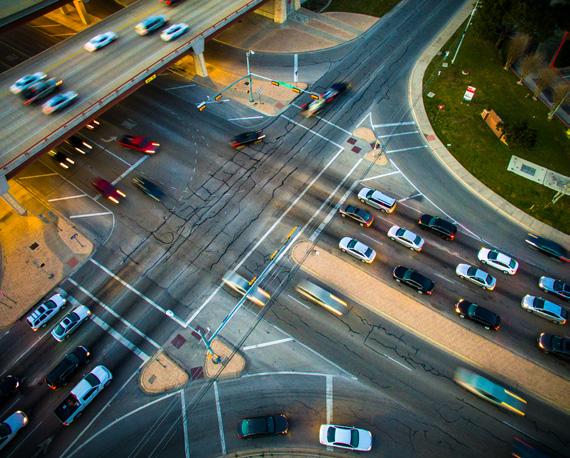
• Exiting is safer since you can pull straight out of the parking spot.
A comprehensive training program should reinforce the following defensive driving principles:
Plan your travel route before you head out.
Don’t rely solely on a mapping program to get you to your destination.
Complete a vehicle inspection before departure (circle of safety walkaround of the vehicle).
Look further down the roadway to know what is coming.
Always maintain a safe following distance between your vehicle and the vehicle in front of you (a minimum of three to four seconds following distance or even more depending on road conditions and the size/weight of your vehicle).
Maintain situational awareness in front of the vehicle, around, and in the back.
Avoid driving in vehicle clusters when feasible/ possible.
Always consider “what if” scenarios to plan your defensive maneuver (e.g., deer runs out in front of you, ball rolls into the street, oncoming driver moves into your travel lane, etc.).
Operate vehicle with daytime running lights to increase your visibility to other drivers.
Avoid distracted driving.
An innovative engineering design, consulting and construction management firm delivering sustainable, integrated solutions to the world’s most challenging infrastructure projects.
Your trusted advisor and partner committed to responsibly improving the world we live in.
chacompanies.com #theCHAway
